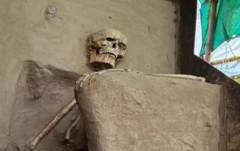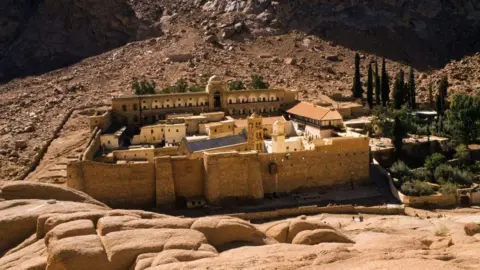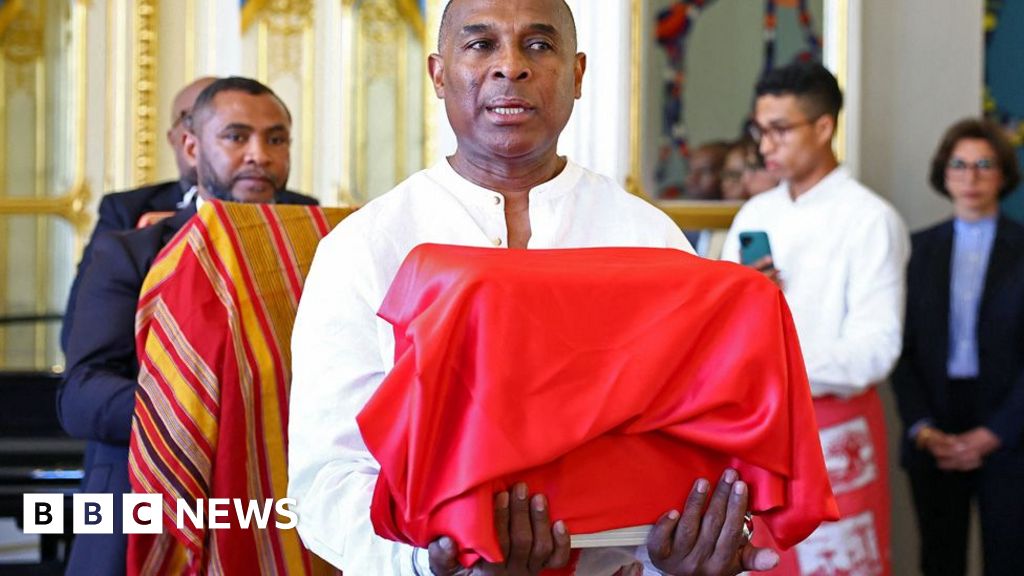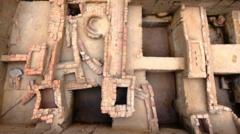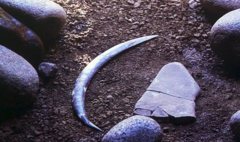A significant archaeological find in India—a 1,000-year-old skeleton unearthed in a cross-legged meditative position—remains caught in bureaucratic limbo, six years after it was discovered. The skeleton was unearthed in 2019 by archaeologist Abhijit Ambekar during an excavation in Vadnagar, Gujarat, revealing striking well-preserved remains at a site linked to the Solanki period, which flourished from 940 to 1300 CE.
Despite the skeleton's considerable cultural and historical importance, it has yet to find a permanent home. Ambekar's team had to dig carefully around the skeleton, which remains in a makeshift shelter while officials debate its ownership and the appropriate museum for its display. Local authorities have been unable to finalize arrangements for its transfer to a new archaeological museum nearby, which was inaugurated in January 2023 at a substantial cost.
Ambekar has highlighted the skeleton's potential to enhance our understanding of ancestral lifestyles and burial practices, particularly the Hindu "samadhi burials" where important figures were buried rather than cremated. Meanwhile, the Gujarat government claims the skeleton remains under the Archaeological Survey of India's (ASI) protection, citing procedural issues with its transfer.
Local sentiment is growing impatient, with Vadnagar residents calling for the skeleton's swift relocation to a secured museum environment. As local tourism continues to thrive due to the area's rich history—home to Prime Minister Narendra Modi and significant archaeological sites—many believe the skeleton could attract further visitors if properly displayed.
Archaeological efforts in Vadnagar have previously revealed artifacts dating back over 2,000 years, including remnants of human settlements, ancient monasteries, and a wealth of other antiquities. However, locals express frustration over the handling of such an extraordinary find, questioning the delay of its display despite improved efforts to promote the town's extensive historical narrative.
Ambekar hopes for a resolution soon, emphasizing the urgency of establishing a controlled environment to preserve the skeleton’s integrity for future study and public admiration. Meanwhile, concerns linger over the bureaucratic “red tape” that has left this vital piece of Indian history excluded from the conservation it deserves.

